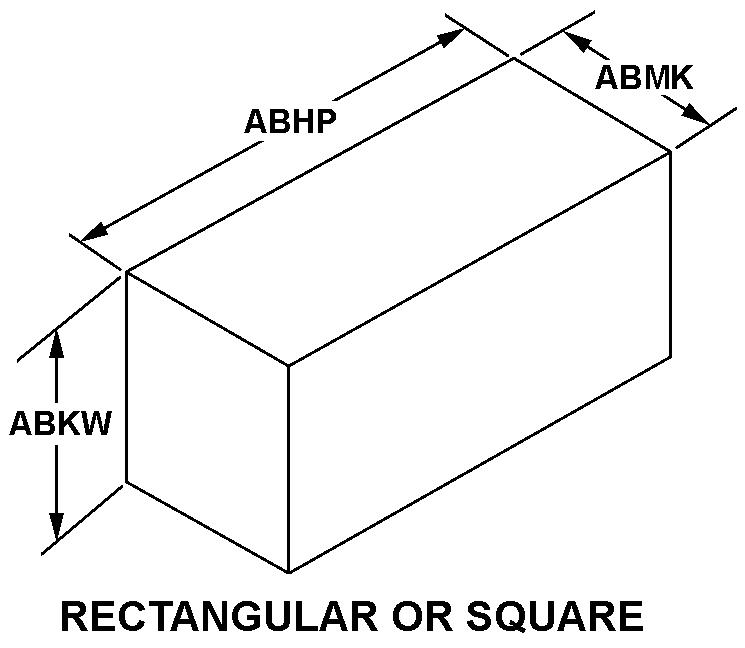5996003225753
Price Quote Get an up to date pricing and availability quote for this product. Order online or over the phone.
Quality Commitment
Serving our customers with quality and safety first.
- AS9120 Certified
- Audited supply chain
- ITAR Registered
- DDTC Registered
- HAZMAT Certified
- Customer service objectives
- Every product 100% inspected

5996-00-322-5753 Specification Set by the OEM (see RNCC code 3)
5.500in. ⁓5-1/2"
4.937in.
5.093in.
rectangular or square
23.0 watts output
400.0 single voltage
28.0 single voltage
115.0 single voltage
three
compass system
Cross Reference Parts Part numbers that meet the specification outlined on this page and set by the OEM
Identification Item Identification Guide (IIG) and Item Name Code (INC)

Definition Definition of approved item name (AIN): "AMPLIFIER,ELECTRONIC CONTROL"
An electronic device which enables input signals to control a local source of power and deliver output signals of greater amplitude with respect to current and/or voltage. The output signals characteristics are uniformly related to the input signals, and are suitable for controlling or supplying power for exciting electric motors or similar devices. It includes devices commonly referred to as servo amplifiers, torque amplifiers and similar equipment only if these devices do not employ synchros nor incorporate servomechanisms. It does not include items which are properly classified as audio frequency, radio frequency, direct current or video amplifiers. For amplifiers that incorporate servomechanisms and employ synchros, see amplifier, synchro signal.
5996-00-322-5753 Material Hazmat, Precious Metals, Criticality, Enviroment, and ESD
Indicates there is no data in the hmirs and the nsn is in a fsc not generally suspected of containing hazardous materials.
Item does not contain precious metal.
The item does not have a nuclear hardened feature or any other critical feature such as tolerance, fit restriction or application.
Identification Codes
HMIC: Hazardous Material Indicator Code. A one position code that identifies a hazardous item.
PMIC: Precious Metal Indicator Code. A one position code which identifies items that have precious metals as part of their content. precious metals are those metals generally considered to be uncommon, highly valuable, and relatively superior in certain properties such as resistance to corrosion and electrical conductivity.
ESD: Electrostatic Discharge. Indicates if an item is susceptible to electrostatic discharge or electromagnetic interference damage. electrostatic discharge damage occurs when an accumulation of static electricity generated by the relative motion or separation of materials is released to another item by direct contact. electromagnetic interference damage occurs when an item comes into proximity with an electrostatic or magnetic field.
ENAC: Enviromental Attribute Code. Identifies items with environmentally preferred characteristics.
CRITL: Criticality Indicator Code. Indicates an item is technically critical by tolerance, fit, application, nuclear hardness properties, or other characteristics.






